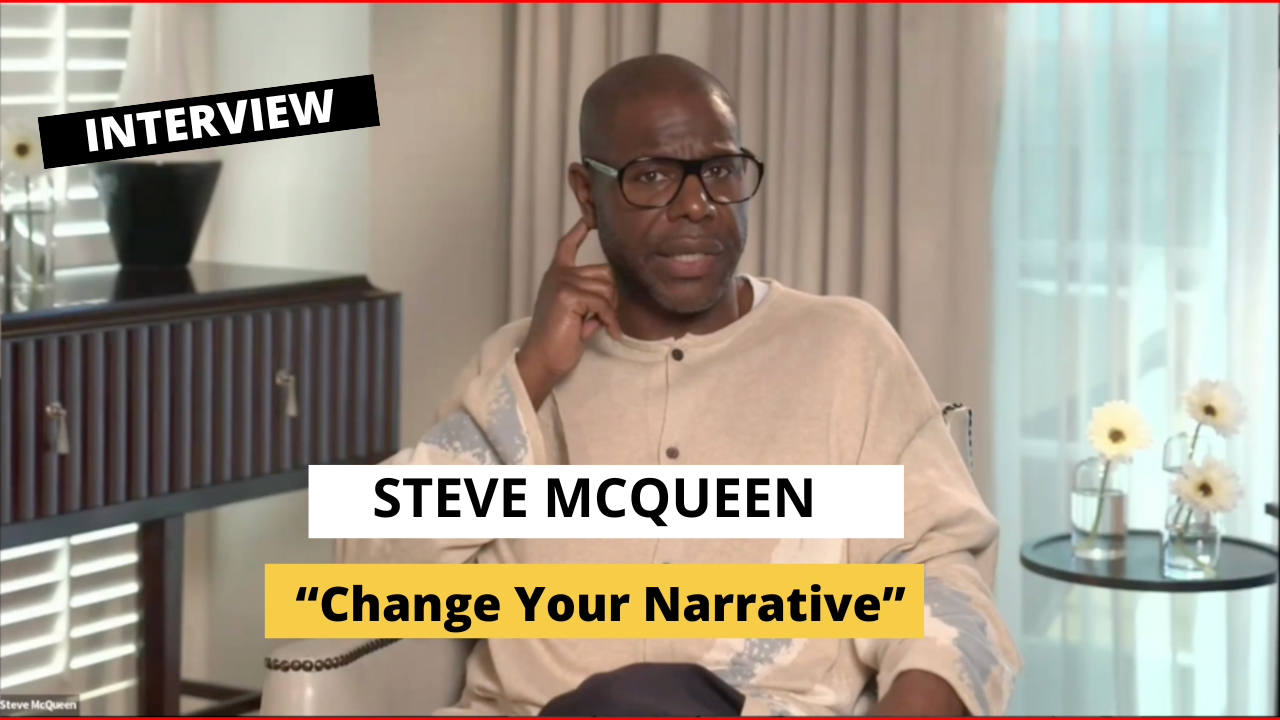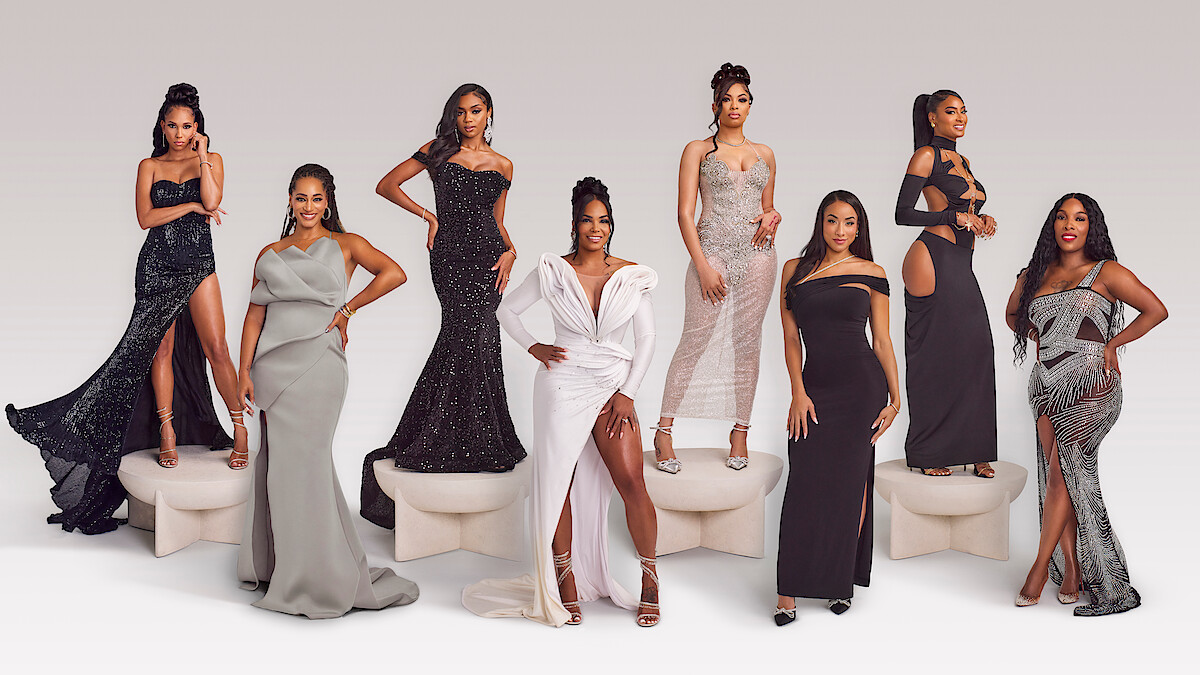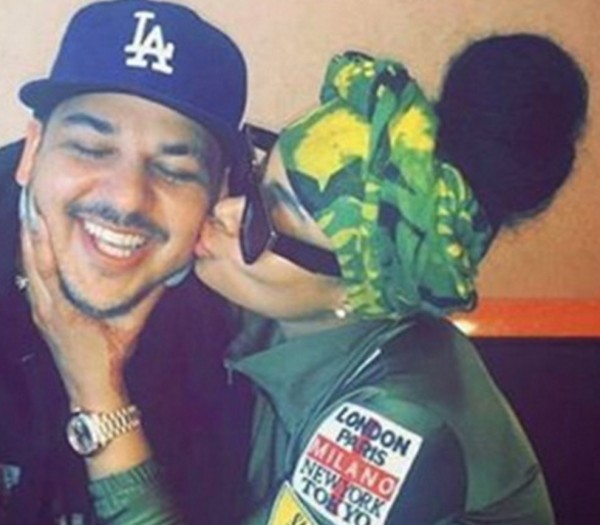Every couple of years each of the major sports is in the news over the possibilities that could come along with a new collective bargaining agreement (CBA). The NBA’s turn is next. Though the NBA and the players union have a deal set in place through 2021, 2016 marks the year that either side is able to opt out of the deal. However, the NBA Players Association and the owners and commissioner’s office aren’t very good at making the process run smoothly. Last CBA ended in a player lockout which shortened the NBA season to 66 games.
Once again this seems to be the case as the NBA Players Association rejected the last offer made by NBA officials. Though a lockout is possible, for the sake of this article we’re going to look at the possible outcomes that could come with this year’s CBA.
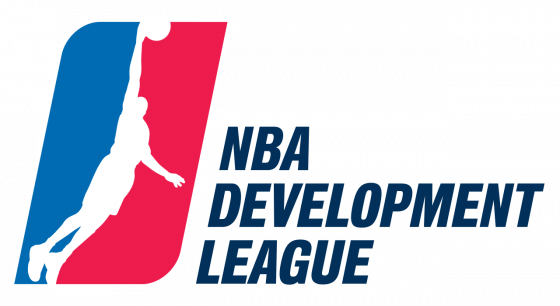
First, the NBA is looking to expand the NBA Developmental league. Currently the D-League has 19 teams, but the NBA is looking to expand to an MLB-esque system, in which each team has their own Developmental league team. Though this can’t happen overnight, this year’s CBA is expected to expand the league by adding three additional teams. This is one aspect of the CBA that is agreed on by players and owners alike.

Another change that could be implemented at the start of the next CBA is an expansion of the number of players allowed on each team. This number is expected to raise from 15 to 17 players allowed on each team. This is being done in attempt to give more depth and allow more players to stay in the NBA rather than going overseas, or giving up basketball entirely.
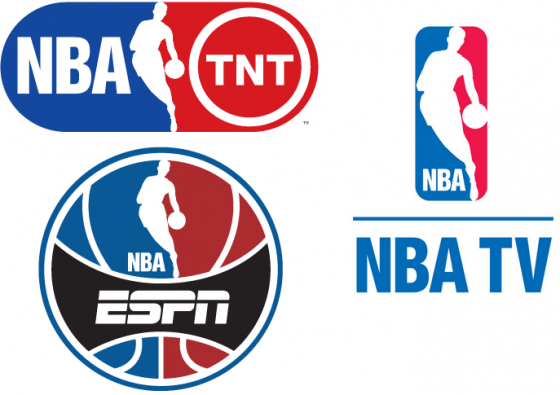
One outcome that is very much in discussion of next year’s CBA is how the money from the NBA’s new gigantic TV deal will be dispersed. The NBA Players Association recently rejected a deal that would have the salary cap rise gradually once the money from the deal comes in to play. This was rejected when the players declared that they want the cap to rise all at once, so that players who become free agents next season can benefit and cash in.
These are all hypothetical. It is not a guarantee that either side will exercise their option to opt out of the current deal. In fact, many experts are arguing that it will be bad for both sides if the either of the two decide to opt out. With the TV deal, there is a lot of money on the table for both the owners and the players. The game of basketball has become more lucrative and both players and owners are making more money now than they did when they signed their last CBA in 2011. In fact, basketball related income (BRI), has risen from $4 billion in 2010 to a projected $6.5 billion in 2016-2017, which means BRI is up a staggering 62.5%. If either side decides to lock out, revenue will go way down and both owners and players will lose money.
For the sake of the NBA, opting out of the current CBA could be a slippery slope. If either side decides to back out of the deal in order to earn extra money, it could end up costing each side, if they are not able to reach an agreement and are forced to lock out. Lock outs are not good for anyone involved in the game from player, coaches, owners and fans; there are no winners. But if either side does decide it is in their best interest to back out of the deal, the extra money better be worth all the fans that will turn away from the game out of anger.
–Michael Hersey
